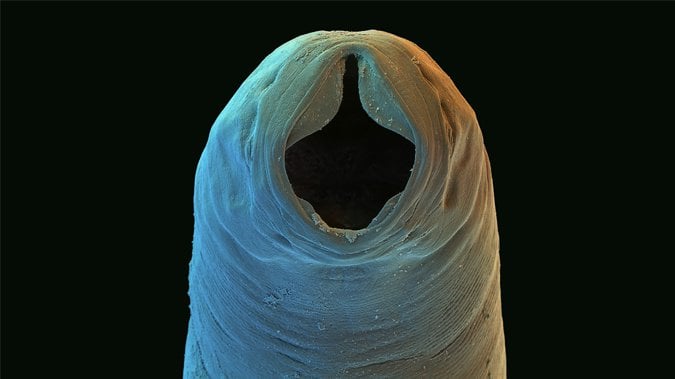Laziness may indicate a lack of self-esteem, a lack of positive recognition from others, a lack of discipline due to low self-confidence, or a lack of interest in or belief in the activity’s efficacy. Laziness can take the form of procrastination or vacillation. Did you know the culprit for laziness in South America?
Hookworm infection, which causes lethargy, anemia, and iron deficiency, has long been blamed for “stupid, lazy Southerners” stereotypes in the United States. These, in turn, hurt children’s growth and intellectual development.
The Culprit for the Laziness
It started with a ground itch, a prickly tingling in the tender webs between the toes, followed by a dry cough. Victims succumbed to insatiable exhaustion and a mysterious haziness of the mind, which some referred to as stupidity.
Adults abandoned their fields, and children became pale and listless. Victims developed grossly distended bellies and angel wings, which were emaciated shoulder blades accentuated by hunching. They all stared out dully from sunken sockets with a fish-eye look.
The perpetrator of the germ of laziness, as the South’s ailment was sometimes referred to, was Necator americanus, the American murderer. Millions of those bloodsucking parasites, known today as hookworms, lived, fed, multiplied, and died within the guts of up to 40% of populations stretching from southeastern Texas to West Virginia.
Hookworms stymied development throughout the region, breeding lazy, moronic Southerners stereotypes.
While the South eventually got rid of hookworms, the parasites cost the region decades of development and contributed to widespread misinformation about the people there. However, hookworm has not been completely eradicated. Hookworm infection affects hundreds of millions of people in dozens of countries today. (Source: PBS)
Identifying the Culprit for Laziness
Hookworms are not native to the Americas and most likely arrived in the 17th century, unwittingly imported with the Atlantic slave trade. However, until the early twentieth century, most people in the United States had no idea what a hookworm was, let alone that millions of those parasites inhabited people’s guts throughout the South. Hookworm symptoms were dismissed as simply a sign of the backward nature of Southerners.
The hookworm was finally discovered in 1902 by Charles W. Stiles, a medical zoologist from New York. The Department of Agriculture had assigned Stiles to assist farmers in keeping their animals healthy, but he became obsessed with solving the mystery of the South’s stunted, exhausted workers. He began collecting samples and soon discovered the minuscule cause of the workers’ disabilities.
He was one of these people who became obsessed with something that few others acknowledge or recognize, and he wouldn’t let it go.
John Ettling, President of State University of New York College
Stiles was convinced that ridding the South of hookworms would boost productivity, but local doctors refused to listen, dismissing him as arrogant or pointing out that his expertise was in animals, not humans.
He was an interesting guy but testy and hard to like. He didn’t suffer fools.
John Ettling, President of State University of New York College
Nonetheless, the national press picked up the story, which dubbed hookworm the germ of laziness and stated that the country now had an explanation for why Southerners were so averse to working.
Of course, that did not play well in the South. From the after-effects of the Civil War, Southerners were already pretty touchy about this stuff.
John Ettling, President of State University of New York College
(Source: PBS)
